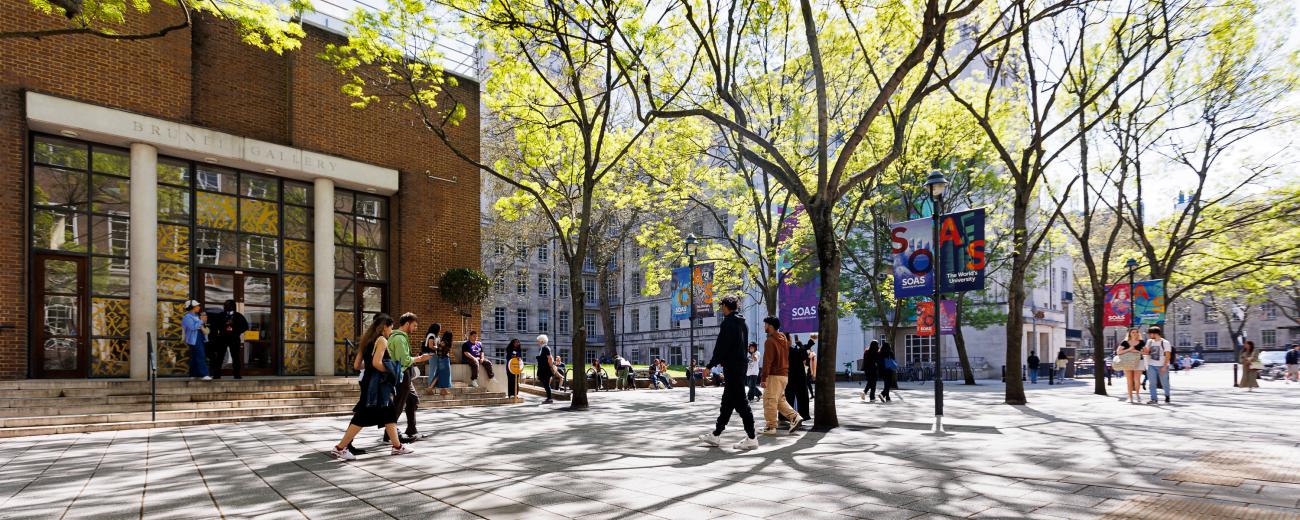
Secular decline in modern China? Wage evidence from hydraulic constructions and rural casual work in Suzhou and Shanghai

Key information
- Date
- Time
-
5:00 pm to 7:00 pm
- Venue
- SOAS (Paul Webley Wing)
- Room
- S209
About this event
Speaker: Dr Ziang Liu (KCL)
Scholars have long debated whether the Chinese economy has been in a secular decline since the nineteenth century.
This article presents new wage evidence from hydraulic construction projects in Suzhou, Shanghai, and the northern part of the Lower Yangzi cores that challenges the decline thesis within the region.
Throughout the nineteenth century, the conscription system used to mobilise labours irreversibly shifted towards market hiring. While the administrative system still functioned as a labour pool, market mechanisms determined worker wages.
Although real wages saw a mild decline in the early nineteenth century, a substantial improvement followed after the Taiping Rebellion.
The most significant change occurred in the early twentieth century when wage trends departed from the typical decline-rebound cycle and moved towards intensive growth.
Moreover, the narrowing wage differentials between unskilled and semi-skilled labour, as well as between casual and stable employment, indicate a growing integration of the labour market across rural and urban sectors and industries in the Lower Yangzi Delta.


